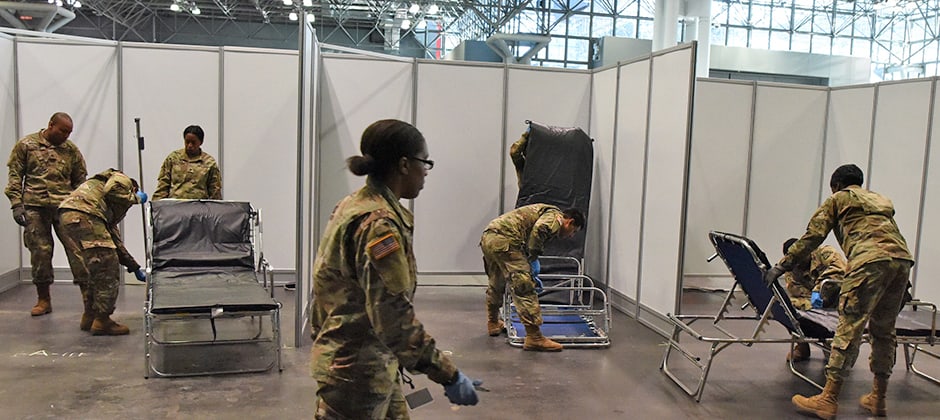Share this article
Year in Review: Pandemic redefines the profession
When a novel virus likely spread from a bat to humans in Wuhan, China, it unleashed a pandemic that would define 2020 for the world and showed us how intertwined the lives of humans and wildlife can be.
The COVID-19 pandemic reshaped lives on every continent — even Antarctica — and it changed the world for wildlife and wildlifers alike. Issues surrounding the novel coronavirus dominated the headlines this year, including The Wildlife Society’s own coverage.
“Before the novel coronavirus outbreak killed legions of people and shut down ordinary life around the world, the virus, like many others, likely arose from a wildlife management problem,” we wrote in the May/June issue of The Wildlife Professional.
The virus would shape many aspects of wildlife science and management. The Wildlife Society changed its annual conference to a virtual experience, and it will do the same in 2021.
Meanwhile, universities had to find new ways to bring the outdoors into the classroom. “I have students who work at a grocery store 60 hours a week, and they’re taking three or four other classes besides mine,” Amy Russell, an associate professor at Grand Valley State University in Michigan, told us. “At the end of the day, none of them signed up to take these classes online. It’s a big ask from everyone, but I think everybody is really pulling together.”
It also affected state and federal agencies. Budgets were reduced. Fieldwork was cut. Stay-at-home orders kept people inside.
“Like everyone else, there’s been an upsurge in Zoom meetings,” said Angie McIntire, bat project coordinator with the Arizona Game and Fish Department. “I miss my co-workers in my office.”
Bat researchers like McIntire were particularly affected. The U.S. Fish and Wildlife Service and the Canadian Wildlife Health Cooperative recommended the suspension of fieldwork involving handling bats, and the Association of Fish and Wildlife Agencies’ Fish and Wildlife Health Committee and Bat Working Group offered similar recommendations out of fear that humans could spread the virus to bats.
“We know that many mammals are susceptible to infection by a diversity of coronaviruses,” a USFWS spokesperson told the Washington Post. “What is not known is whether the novel coronavirus SARS-CoV-2 has the potential to infect, or cause illness in, North American wildlife, including bats.”
Those concerns spread to other wildlife as well. Wildlife researchers and technicians took extra precautions to protect highly endangered black-footed ferrets (Mustela nigripes) in breeding programs because they are likely susceptible to the virus. After the virus appeared in other species, including captive tigers, farmed minks and domesticated dogs and cats, biologists were watchful about how wildlife might be affected.
But the effects were even broader as, at times, stay-at-home orders caused natural areas to close their gates, and at other times, public lands became an escape.
The Association of Fish and Wildlife Agencies looked for “silver linings” to highlight success stories of how state agencies were dealing with the pandemic.
“To come out on the other side of this, at some point, we have to learn from this and better ourselves,” AFWA’s then-President Kelly Hepler told us.
Header Image:
Pigeons entered the Javits Center after the Manhattan convention center was converted into a COVID-19 field hospital, leaving USDA Wildlife Services with the task of finding a way to remove the pigeons remotely.
Credit: New York National Guard








